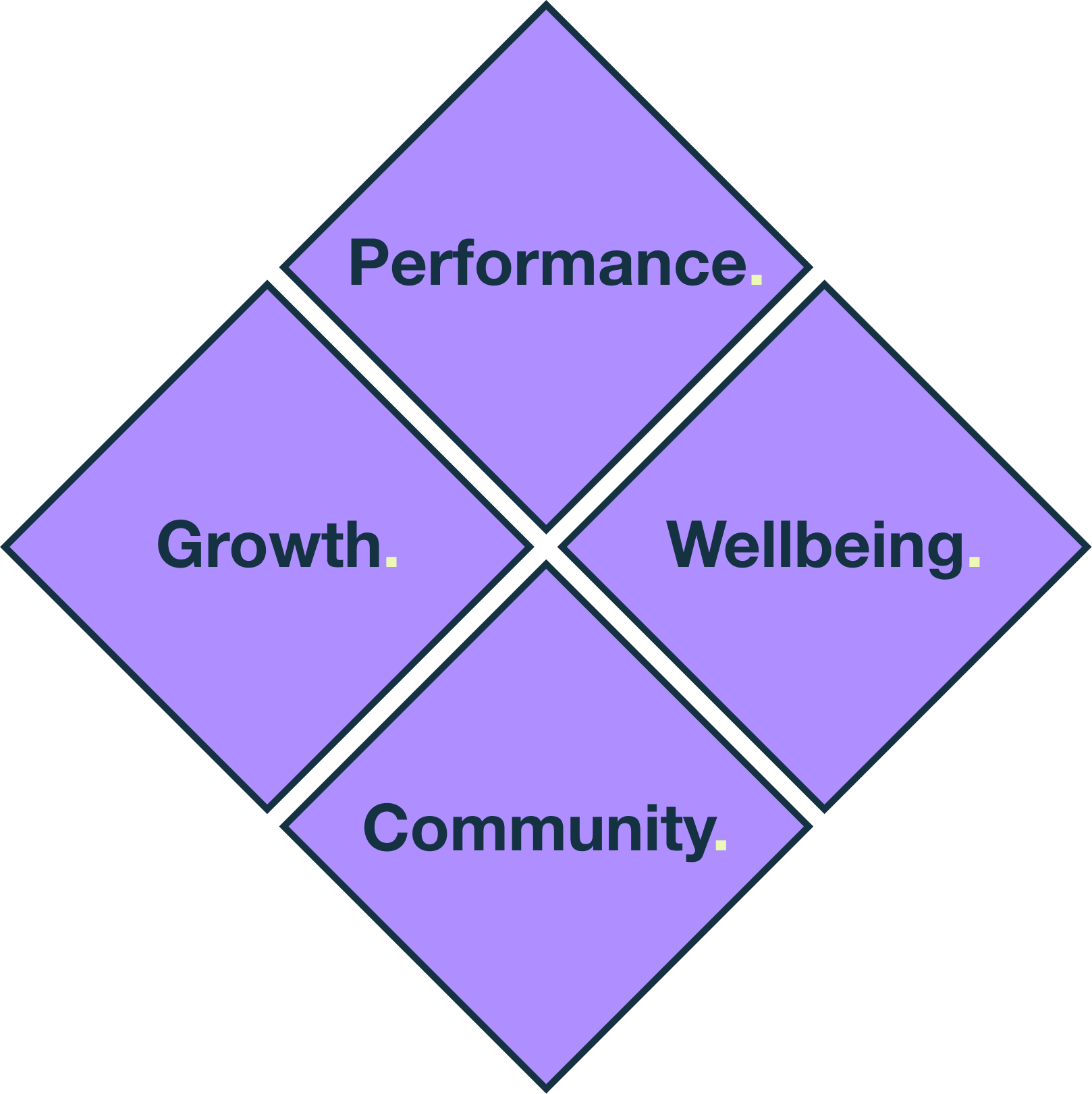Leadership philosophy.
Every role and organisation presents unique challenges and opportunities as a design leader.
It’s important to understand the problem space, the team, the priorities and maturity of the organisation in order to establish where and how you can add the most value.
As a leader, I tend to orientate around pillars which cover strategy & delivery, collaboration, quality and people. The amount of effort required in each pillar depends on what challenges and opportunities emerge!
The pillars
Ship now, shape the future
Foster alignment & collaboration
Champion quality
Focus on people
Ship now, shape the future
It’s important to create environments which strike a balance between shipping value (to users and the business) incrementally whilst also shaping a future state of the product or service.
Establishing connections between these horizons helps teams understand how the products they are shipping align and the steps they are taking towards a future state.
Foster alignment & collaboration
Creating alignment, a shared understanding and fostering collaboration in organisations is vital to creating joined up experiences. There are two enablers I focus on.
Forums & moments - Things like stand ups, retros, design meet ups & critiques, project kick offs, project show & tells, etc.
Frameworks & tools - Things like Journey maps, Service blueprints, Jobs To Be Done, Principles, Initiative alignment documents, etc.
Champion quality
Quality runs throughout the product development lifecycle and takes many forms. I believe it goes beyond the products that are shipped. It’s important to create a shared definition of quality at the different stages and then put mechanisms in place to measure and assess.
Quality at the different product life cycle stages means, for example:
Teams are aligned and appropriate inputs are used when defining the problem
Boundaries are pushed and a range of solutions explored and validated
Design standards and feedback loops in place during implementation
Focus on people
I’m an empathetic leader. I believe it’s important to get to know the humans you work with, understand their lives and ambitions to enable them to thrive. There are four aspects to happy and successful teams.
Performance - Enable the team to add the most value to users and the business.
Growth - Create an environment where people learn and progress their careers.
Community - Create a strong community, where people can be their authentic selves.
Wellbeing - Support the team in living a healthy and balanced life.




